Ames Laboratory
Ames National Laboratory is a top-level national laboratory for research on national security, energy, and the environment. The laboratory conducts research into areas of national concern, including the synthesis and study of new materials, energy resources, high-speed computer design, and environmental cleanup and restoration. It is located on the campus of Iowa State University. In January 2013 the Department of Energy announced the establishment of the Critical Materials Institute (CMI) at Ames Laboratory, with a mission to develop solutions to the domestic shortages of rare-earth metals and other materials critical to US energy security.
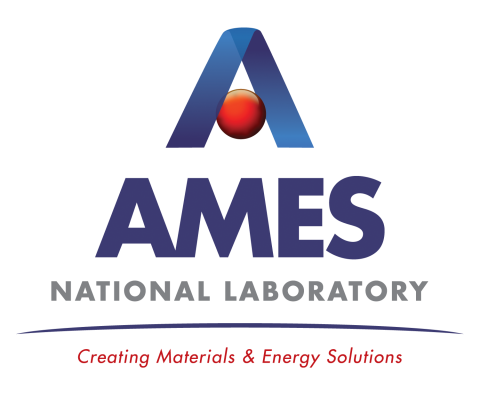
Argonne National Laboratory
Argonne National Laboratory is a U.S. Department of Energy (DOE) multidisciplinary research laboratory with a pioneering history in high-performance computing. Home to a renowned computing research program, the lab is a leader in developing AI and supercomputing technologies, tools, and techniques to enable breakthroughs in science and engineering. As a key player in the nation’s efforts to deliver exascale computing capabilities, the Argonne Leadership Computing Facility advances scientific frontiers through a convergence of domain science, simulation, data analysis, AI, and machine learning methods. Nowhere is this more evident than the transformative science that will be enabled by the combination of Aurora, one of the nation’s first exascale supercomputers, and the upgrade to Argonne’s Advanced Photon Source, which will provide X-rays 500 times brighter than what the APS previously delivered.

Brookhaven National Laboratory
Brookhaven National Laboratory’s Computational Science Initiative (CSI) excels at integrating computer and computational science with broad domain expertise to tackle problems and advance scientific knowledge. CSI’s expertise in applied mathematics, artificial intelligence/machine learning, data science, high-performance computing, and quantum computing is actively addressing some of the most pressing data and science challenges. CSI also stewards the Lab-wide Human-AI-Facility Integration (HAI-FI) Initiative. HAI-FI uses AI to connect humans and machines to enable hypothesis-guided autonomous research and engages all aspects of computing for real-time human–machine collaborations that are revealing new pathways toward discovery.
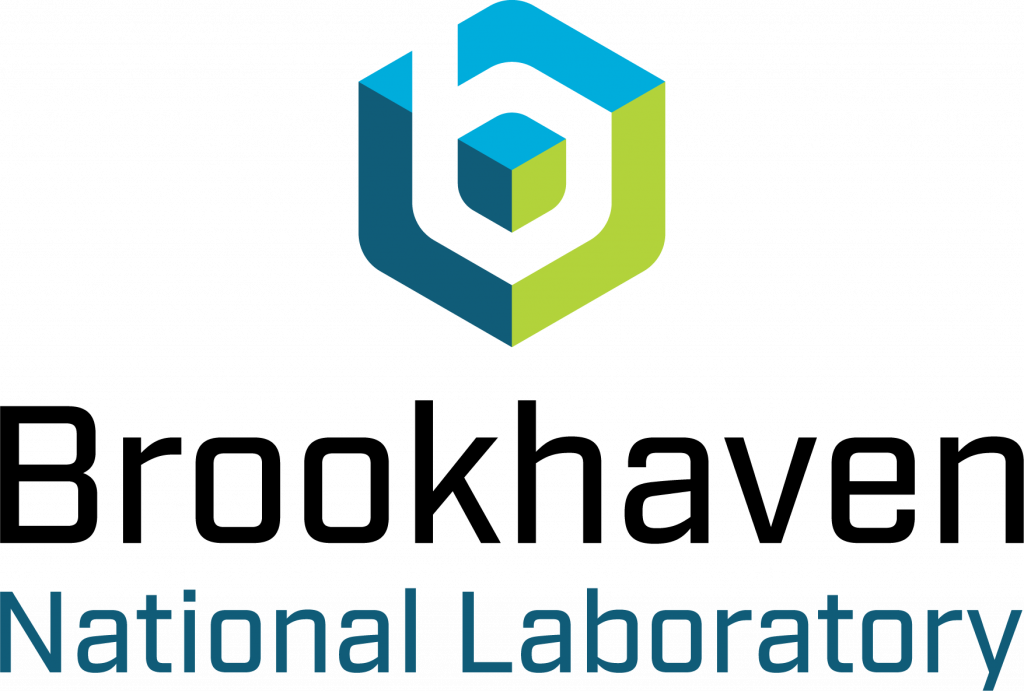
Fermilab
Fermilab is America’s premier laboratory for particle physics and accelerator research, funded by the U.S. Department of Energy. Fermilab supports discovery science experiments in Illinois and at locations around the world, including deep underground mines in South Dakota and Canada, mountaintops in Arizona and Chile, CERN in Europe and the South Pole.
Fermilab is made up of 1,800 passionate team members advancing knowledge for the benefit of humankind. Fermilab has been at the forefront of particle physics for more than 40 years, building world-leading accelerators and detectors to conduct some of the most advanced particle physics experiments possible. The lab collects and analyzes the data from those experiments with some of the most powerful computers in the world. They conduct this research on a 6,800-acre prairie, 35 miles outside Chicago, a treasure that has been designated a National Environmental Research Park.

Idaho National Laboratory
Idaho National Laboratory is the nation’s leading center for nuclear energy research and development. It is home to more than 5,700 researchers and support staff focused on innovations in nuclear research, renewable energy systems, and security solutions. From discoveries in advanced nuclear energy to carbon-free energy options and to protecting our nation’s most critical infrastructure assets, the lab’s talented teams have constantly pushed the limits to redefine what’s possible for over 70 years.

Jefferson Lab
Thomas Jefferson National Accelerator Facility (Jefferson Lab) is a U.S. Department of Energy Office of Science national laboratory. Scientists worldwide utilize the lab’s unique particle accelerator, known as the Continuous Electron Beam Accelerator Facility (CEBAF), to probe the most basic building blocks of matter – helping us to better understand these particles and the forces that bind them – and ultimately our world.
In addition, the lab capitalizes on its unique technologies and expertise to perform advanced computing and applied research with industry and university partners, and provides programs designed to help educate the next generation in science and technology.
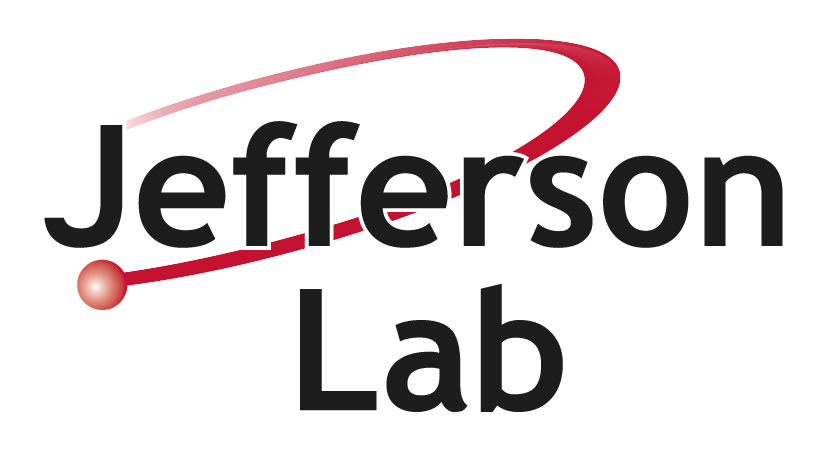
Lawrence Berkeley National Laboratory
Founded in 1931 on the belief that the biggest scientific challenges are best addressed by teams, Lawrence Berkeley National Laboratory and its scientists have been recognized with 14 Nobel Prizes. Today, Berkeley Lab researchers develop sustainable energy and environmental solutions, create useful new materials, advance the frontiers of computing, and probe the mysteries of life, matter, and the universe. Scientists from around the world rely on the Lab’s facilities for their own discovery science. Berkeley Lab is a multiprogram national laboratory, managed by the University of California for the U.S. Department of Energy’s Office of Science.
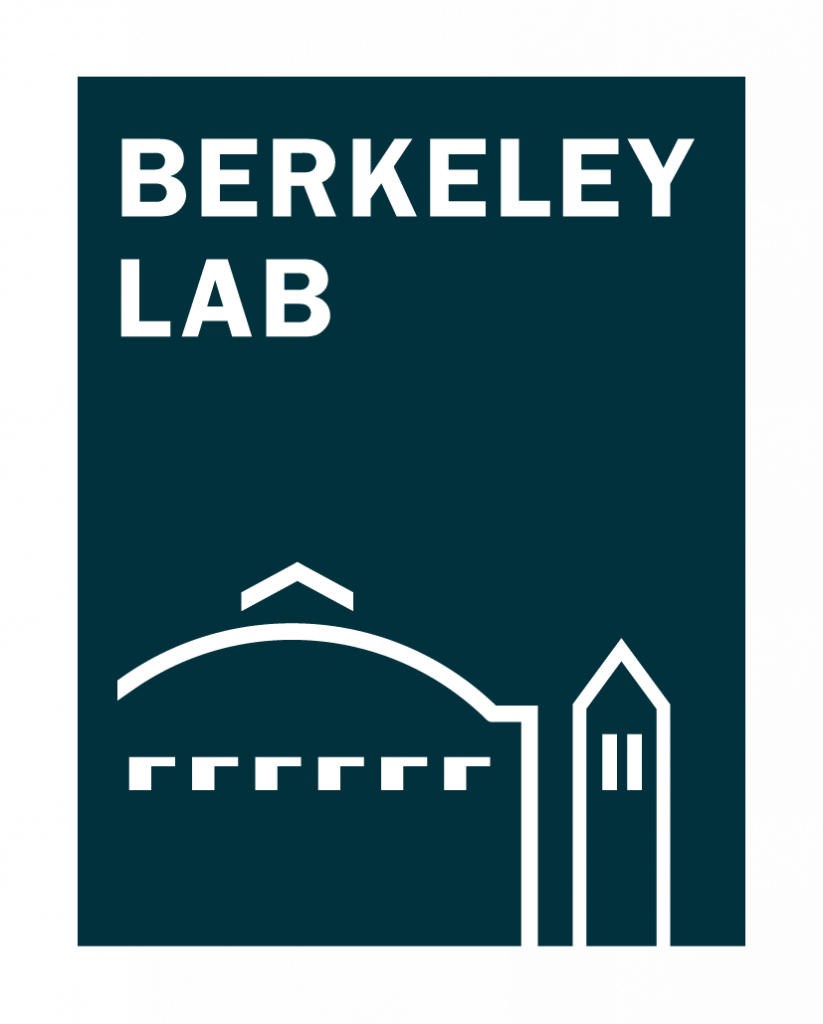
Lawrence Livermore National Laboratory
For 70 years, Lawrence Livermore National Laboratory has applied science and technology to make the world a safer place. Livermore is the “new ideas” laboratory, and they continue to aspire to intellectual leadership, originality, and audacity–especially in the area of high-performance computing. LLNL is leveraging the accelerating pace of work in artificial intelligence and data science for national security challenges such as nuclear security, countering the spread of weapons of mass destruction and protecting critical infrastructure, as well as for fusion energy research and precision medicine for cancer, traumatic brain injury, and COVID-19.

Los Alamos National Laboratory
As the senior laboratory in the DOE system, Los Alamos National Laboratory executes work in all of DOE’s missions: national security, science, energy, and environmental management. Their contributions are part of what makes DOE a science, technology, and engineering powerhouse for the nation. In addition, LANL performs work for the Department of Defense (DoD), Intelligence Community (IC), and Department of Homeland Security (DHS), among others. As a result, this strategy reflects U.S. priorities spanning nuclear security, intelligence, defense, emergency response, nonproliferation, counterterrorism, energy security, emerging threats, and environmental management.
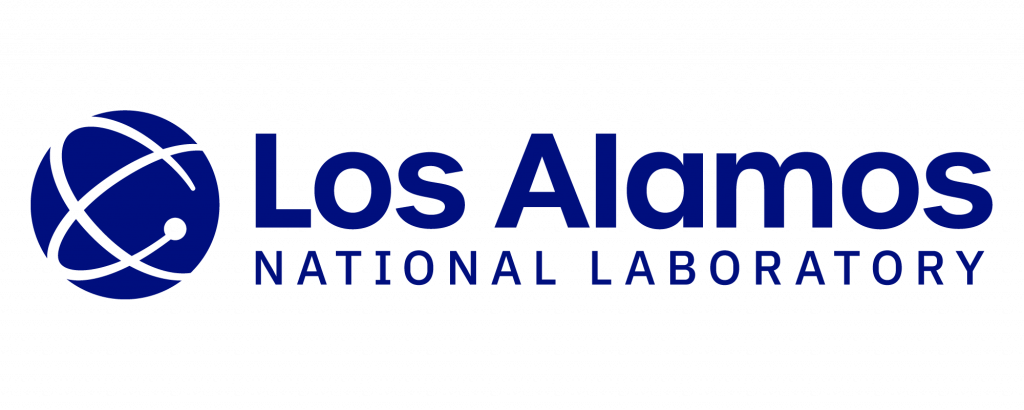
National Energy Technology Laboratory
NETL is a U.S. Department of Energy national laboratory that drives innovation and delivers solutions for an environmentally sustainable and prosperous energy future. By leveraging its world-class talent and research facilities, NETL is ensuring affordable, abundant and reliable energy that drives a robust economy and national security, while developing technologies to manage carbon across the full life cycle, enabling environmental sustainability for all Americans.
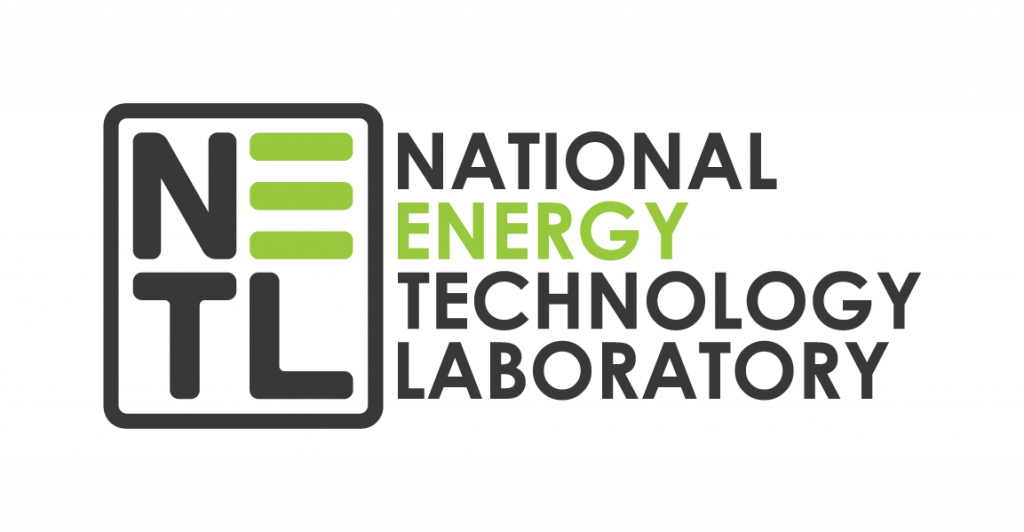
National Renewable Energy Laboratory
NREL’s rich history of innovative renewable energy and energy efficiency research spans decades. The lab strives to achieve a clean energy future for the world through their mission: leading research, innovation, and strategic partnerships to deliver solutions for a clean energy economy.
From their work in basic sciences to systems engineering and analysis, their researchers are focused on solving high-priority problems that result in market-ready solutions. Engaging in partnerships with forward-thinking commercial organizations, universities, foundations, and state, federal, and tribal governments ensures their work is relevant and applicable to today’s energy problems.
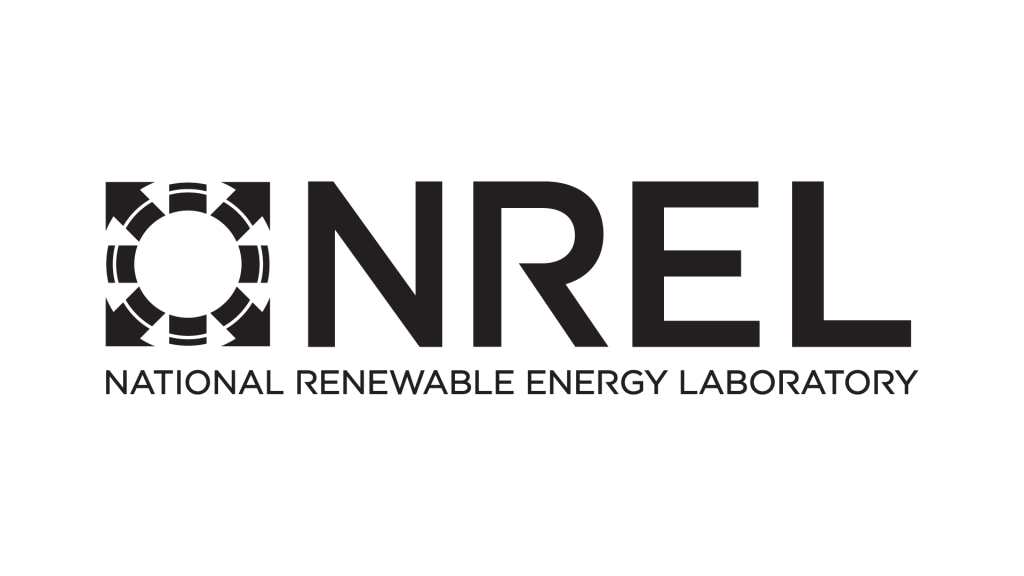
Oak Ridge National Laboratory
As the largest Department of Energy science and energy laboratory, Oak Ridge National Laboratory engages in diverse research activities that support the department’s mission of ensuring America’s security and prosperity by addressing its energy, environmental, and security challenges. ORNL hosts world-class scientific user facilities, available to researchers from around the world, that offer cutting-edge tools for experiments across a range of fields, including biology, materials and energy sciences, physics, engineering, and computing. Since their establishment in 1943, ORNL has built a legacy of discovery and innovation to solve some of the world’s biggest problems.

Pacific Northwest National Laboratory
From basic to applied science, PNNL pushes advancements in high-performance computing, hardware-software co-design, computational mathematics, AI/ML, and scientific data to analyze, model, simulate, and predict complex phenomena. Their researchers lead efforts to expand scientific computing in the exascale computing era and beyond.
PNNL provides science, technologies, and leadership for creating and enabling new computational capabilities to solve challenges using extreme-scale simulation, data analytics, and machine learning. They deliver the computer science, mathematics, computer architecture, and algorithmic advances that enable integration of extreme-scale modeling and simulation with knowledge discovery and model inference from petabytes of data.
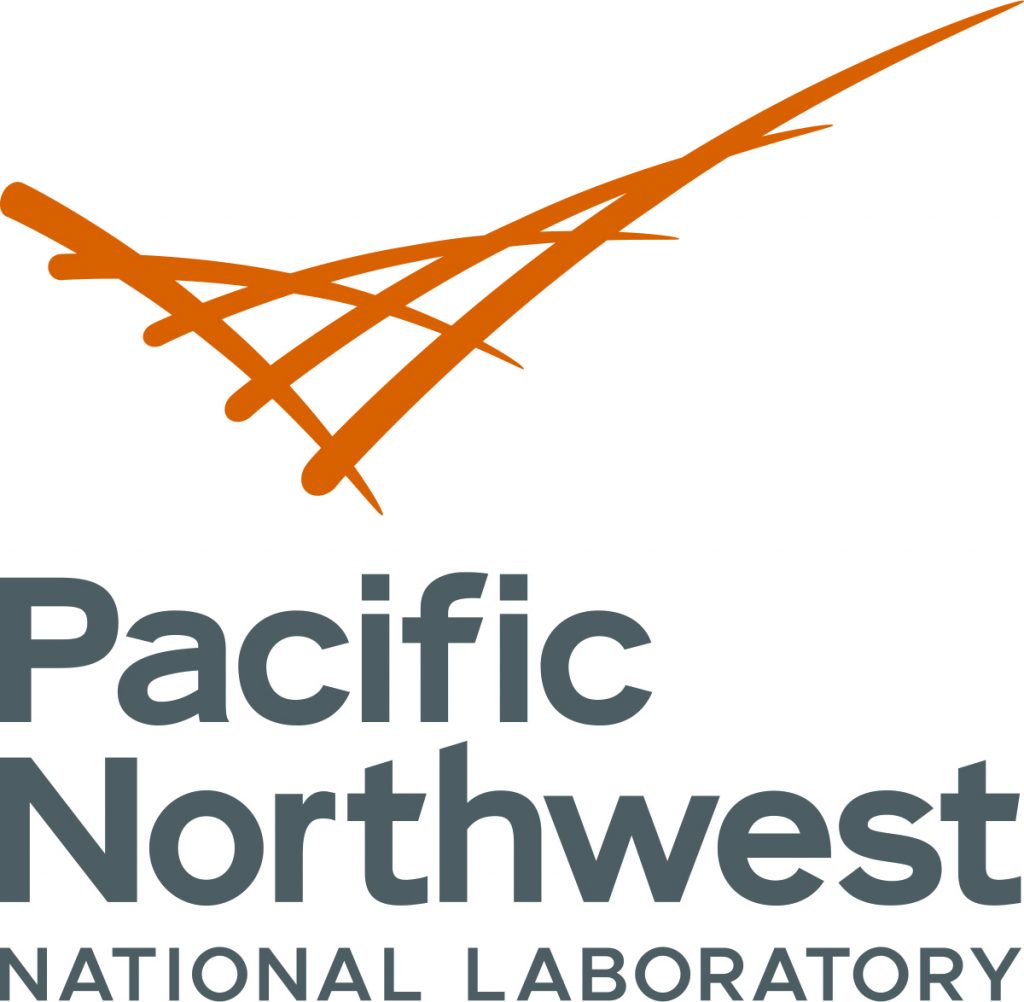
Princeton Plasma Physics Laboratory
The U.S. Department of Energy’s Princeton Plasma Physics Laboratory (PPPL) is a collaborative national center for fusion energy research. The Laboratory advances the coupled fields of fusion energy and plasma physics research, and, with collaborators, is developing the scientific understanding and key innovations needed to realize fusion as an energy source for the world. An associated mission is providing the highest quality of scientific education.
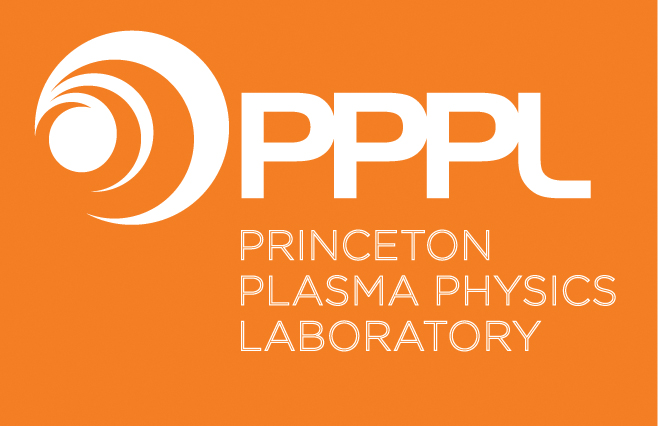
Sandia National Laboratories
For more than 70 years, Sandia National Laboratories has delivered essential science and technology to resolve the nation’s most challenging security issues. Committed to science with the mission in mind, Sandia creates innovative, science-based, systems-engineering solutions for our nation’s most challenging national security problems. Their team of scientists, engineers, researchers, and business specialists apply their knowledge and skill toward delivering cutting-edge technology in an array of areas. Across their main sites, their research ranges from nuclear defense, homeland and global security to innovative work in biotechnology, environmental preservation, energy, and cyber security. To render exceptional service in the national interest has been Sandia’s core purpose since 1949.

Savannah River National Laboratory
Savannah River National Laboratory is a multidisciplinary research and development center, where accomplished scientists and engineers solve the nation’s most challenging environmental and security problems. Working with partners, SRNL protects the nation by applying science to international security, the environment and the energy economy.
SRNL is known for its world-class scientific and technical expertise in nuclear, chemical and materials manufacturing; an ability to translate innovations into industrial-scale operations; a focus on achieving results; and a best-in-class safety culture that protects their employees and ensures the safety of their environment.

SLAC National Accelerator Laboratory
As one of 17 Department of Energy national labs, SLAC pushes the frontiers of human knowledge and drives discoveries that benefit humankind. They invent the tools that make those discoveries possible and share them with scientists all over the world.
SLAC is part of the most comprehensive research system of its kind in the world. Stanford University operates SLAC for the DOE Office of Science. They also jointly run five research centers with the university.

Exascale Computing Project
The U.S. Department of Energy’s (DOE) Exascale Computing Project’s (ECP) mission has been to ensure all the necessary pieces are in place for the nation’s first exascale systems. The project has delivered an ecosystem that includes mission critical applications, an integrated exascale software stack, (E4S), and has worked closely with U.S. high performance computing hardware companies to identify and drive the development of advanced computer system engineering and hardware components. All three of these elements were identified as foundational to enable a fully functional, capable exascale computing ecosystem, critical to national security, scientific discovery, and a strong U.S. economy.

